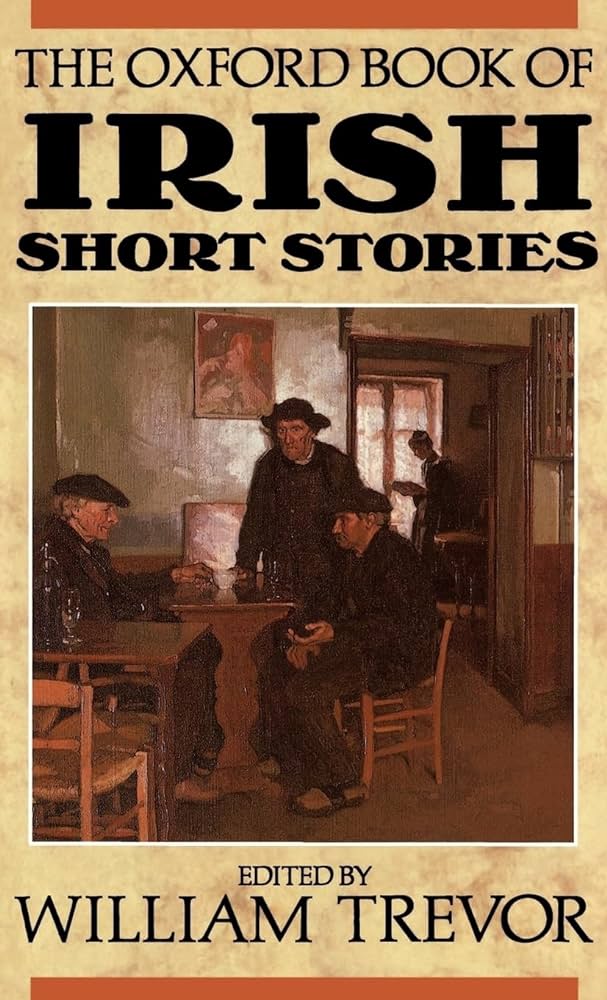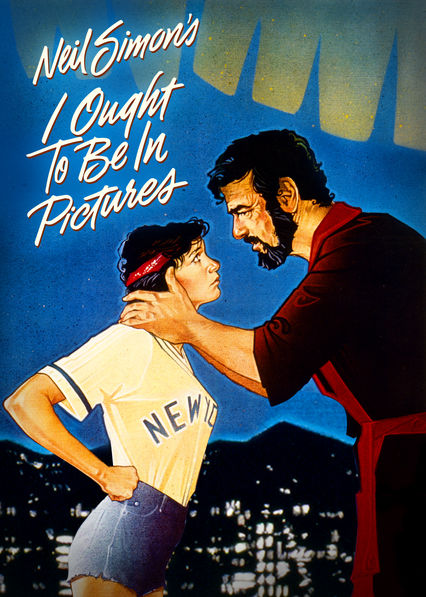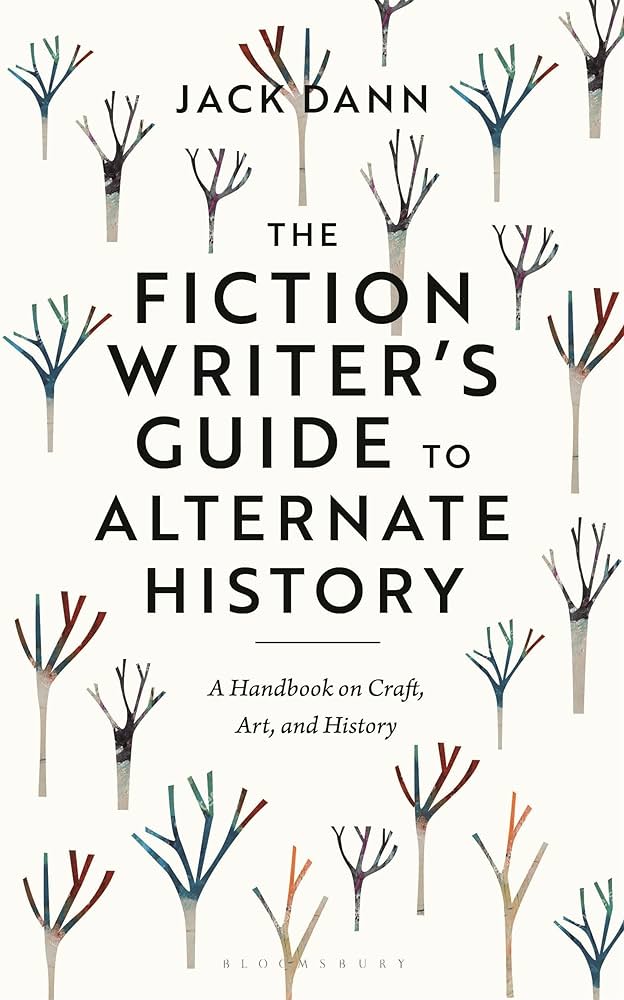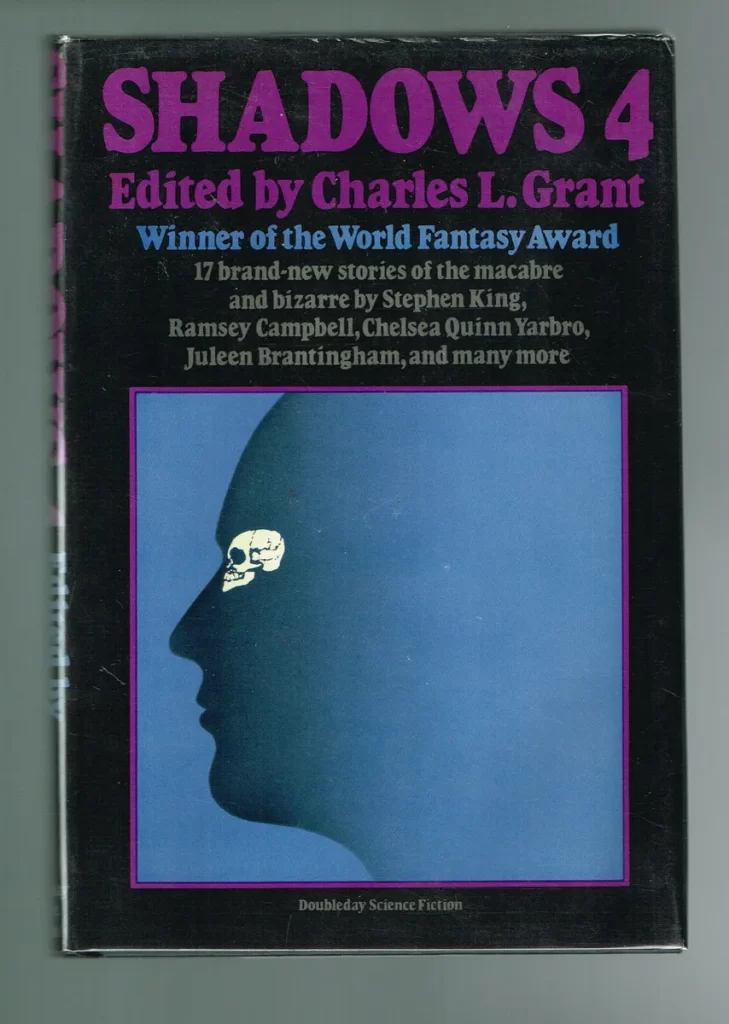
I found this 3-CD set of Linda Ronstadt songs in a local thrift store for a dollar. These 30 SONGS from this 2009 collection include most of Lonstadt’s hits from “You’re No Good” to “Blue Bayou.” Ronstadt charted 38 US Billboard Hot 100 singles. Twenty-one of those singles reached the top 40, ten reached the top 10, and one reached number one (“You’re No Good“).
Ronstadt skyrocketed to fame in the 1970s with the release of her multi-platinum, chart-topping albums “Heart Like a Wheel,” “Simple Dreams” and “Living in the USA,” which cemented her status as one of the decade’s leading musical stars.
One of the most successful female singers of all time, Ronstadt has released 29 studio albums and sold over 100 million records across the genres of rock and roll, country and Latin music. Dubbed the “First Lady of Rock,” Ronstadt is the only female artist to have released five consecutive platinum albums. Ronstadt is the recipient of 11 Grammy Awards, including a lifetime achievement award.
Diane and I saw Linda Ronstadt in concert in Buffalo in 1983 at Shea’s Performing Arts Center. Of course, it was a sell-out. Ronstadt delivered a rousing concert and earned plenty of applause. Beautiful voice and beautiful songs!
In a 2022 interview with “Today,” Ronstadt explained that she learned she was suffering from progressive supranuclear palsy, an incurable brain disorder similar to Parkinson’s disease.
I’ve been a fan of Linda Ronstadt and her music since the early 1970s. Are you a Linda Ronstadt fan? Do you have a favorite song?
TRACK LIST:
| -1 | Silver Threads And Golden Needles Written-By – Reynolds*, Rhodes | |
| 1-2 | Poor, Poor Pitiful Me Written-By – Warren Zevon | |
| 1-3 | Tracks Of My Tears Written-By – Tarplin*, Robinson*, Moore* | |
| 1-4 | Love Is A Rose Written-By – Neil Young | |
| 1-5 | That’ll Be The Day Written-By – Holly*, Allison*, Petty | |
| 1-6 | Blue Bayou Written-By – Melson*, Orbison | |
| 1-7 | Someone To Lay Down Beside Me Written-By – Karla Bonoff | |
| 1-8 | Love Has No Pride Written-By – Kaz*, Titus | |
| 1-9 | It’s So Easy Written-By – Holly*, Petty | |
| 1-10 | Different Drum Band – The Stone Poneys Featuring – Linda Ronstadt Written-By – Mike Nesmith*Band | |
| 2-1 | Tumbling Dice Written-By – Richards*, Jagger | |
| 2-2 | Back In The U.S.A. Written-By – Chuck Berry | |
| 2-3 | Ooh Baby Baby Written-By – Robinson*, Moore | |
| 2-4 | Just One Look Written-By – Payne*, Carroll* | |
| 2-5 | Hurt So Bad Written-By – Hart*, Weinstein*, Randazzo | |
| 2-6 | Heat Wave Written-By – Holland*, Holland*, Dozier | |
| 2-7 | You’re No Good Written-By – Clint Ballard Jr. | |
| 2-8 | Get Closer Written-By – Jonathan Carroll | |
| 2-9 | I Knew You When Written-By – Joe South | |
| 2-10 | Long, Long Lime Written-By – Gary White | |
| 3-1 | When Will I Be Loved Written-By – Phil Everly | |
| 3-2 | When Something Is Wrong With My Baby Featuring – Aaron Neville Written-By – Porter*, Hayes | |
| 3-3 | Someone To Watch Over Me Written-By – Gershwin*, Gershwin | |
| 3-4 | All My Life Featuring – Aaron Neville Written-By – Karla Bonoff | |
| 3-5 | How Do I Make YouWritten-By – Billy SteinbergWritten-By – Billy Steinberg | |
| 3-6 | When I Grow To Old To Dream Written-By – Hammerstein II*, Romberg | |
| 3-7 | What’s NewWritten-By – Haggart*, Burke*Written-By – Haggart*, Burke* | |
| 3-8 | Easy For You To Say Written-By – Jimmy Webb | |
| 3-9 | Don’t Know Much Featuring – Aaron Neville Written-By – Mann*, Weil*, Snow* | |
| 3-10 | Winter Light Written-By – Kaz*, Ronstadt*, Preisner |









